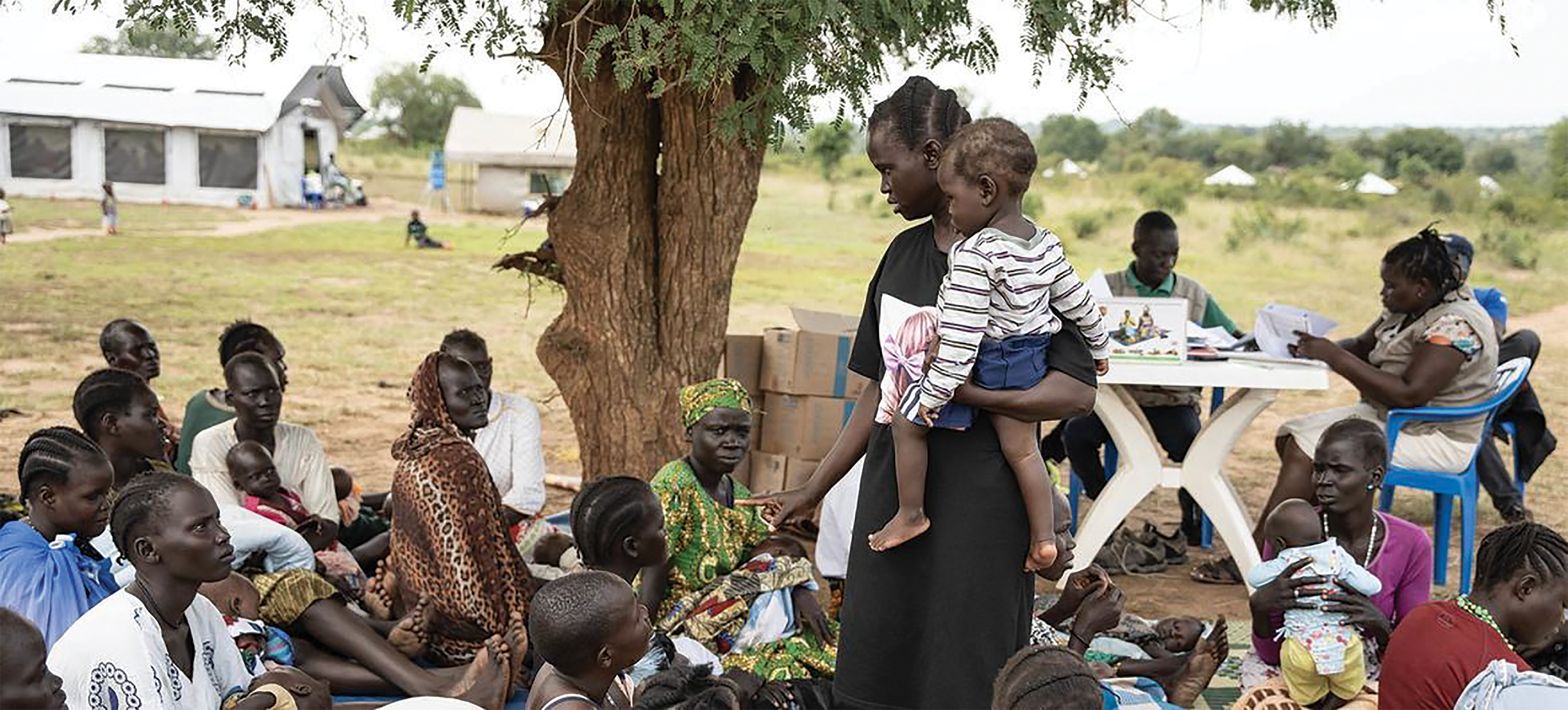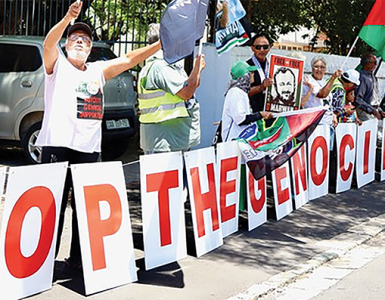They are extremely vulnerable worldwide without social protection measures such as employment benefits, pensions or healthcare — UN report
By Own Correspondent
By the close of 2024, United Nations Women projects that nearly 10 percent of women and girls around the world will live in households in extreme poverty.

That is about one per cent higher than the rate for boys and men; a small percentage, but representing some 22 million more women than men who will live with less than the bare minimum. Many more hover just above the poverty line, struggling with significant hardship.
For years, governments across the globe have designed policies and programmes aiming to reduce and prevent poverty, vulnerability, and social exclusion. Known as social protection policies, these programmes have become even more urgent in the face of shocks and protracted crises, such as armed conflict, financial turmoil, and the climate emergency.
The 2024 edition of UN Women’s “World survey on the role of women in development” report takes stock of how well these policies are working for women and girls, and how they can be leveraged to promote gender equality, resilience, and social justice.
The report concludes that women and girls around the world have fewer economic resources, greater responsibilities for unpaid care work, and more limits on their voices and agency than men. But through the right policies, governments can address these challenges head-on, and support women and girls to realise their rights and full potential.
For social protection programmes to truly transform the lives of women, girls, and gender-diverse people, governments should ensure that their policies incorporate a gender perspective across the “Three Ps.”
Policies should protect all those in need by ensuring they can access the basic services necessary for a dignified life.
In many countries, cash transfers have become a key instrument for reducing poverty. These infusions of cash—whether made to a household as a whole or tied to specific groups such as children, persons with disabilities, or older persons—have been shown to have broad positive effects.
In the United Kingdom, for example, such transfers reduced poverty among single mothers by 46 percentage points.
There are also other benefits for women and girls. Cash transfers can help keep girls in school; grow women’s savings; increase their use of health services; improve their health outcomes; and empower them as decision-makers within their families.
Since poverty is a risk factor for multiple types of gender-based violence, including intimate partner violence and child marriage, there is potential for such protective policies to mitigate those risks as well.
Policies should also be widely accessible and strong enough to prevent people from falling into poverty.
In high-income countries, where social protection coverage is almost universal, unemployment and health insurance programmes played important roles in preventing both women and men from losing their incomes and their savings during the COVID-19 pandemic. These programmes gave stability during the crisis, averting a steep increase in poverty.
In many low- and middle-income countries, cash transfer schemes that already prioritized women as recipients before the pandemic provided an important lifeline during COVID-19. Overall, however, limits on the programmes’ coverage, duration, and benefit levels meant that they were largely unable to fully match women’s needs.
Some 770 million women around the world work in informal employment—such as domestic work, small-scale farming, street vending, and market trading—and governments must work to ensure that they are covered by social protection policies.
For example, Mexico made it mandatory for domestic workers to be covered by social security, following a Supreme Court ruling in 2018. Between 2020 and 2022, the number of registered domestic workers doubled, giving them access to healthcare, unemployment benefits, pensions, childcare services, and more.
Another option for ensuring at least a basic level of protection is to make schemes universal, with benefits that are not dependent on a person’s poverty status, taxes, or contributions. South Africa’s Old Age Grant, for example, covers nearly 80 per cent of the elderly, and has particularly high enrolment rates among women.
During the pandemic, it played a stabilising role, with recipient households less likely to report running out of money for food, or reporting hunger among either adults or children.
Social protection schemes are about more than just mitigating harm—they can also promote access to jobs, resources, and opportunities.
From clean energy to sustainable agriculture or public healthcare, there are many sectors where governments can work to promote women’s access to decent jobs and economic resources. However, many women have care responsibilities, financial constraints, and other obligations that make it difficult for them to devote time to learning new skills or pursuing new opportunities, no matter how valuable.
That is where social protection policies can help most, by ensuring that women have their economic and care needs met, while expanding their skillsets. Public investments in early childhood education, for example, can create new, well-paying jobs while also enabling more women to remain in the workforce, raising new tax revenues to support such investments in the first place.
In some countries, such as Cameroon, Malawi, and South Sudan, governments have responded to cost-of-living crises by combining cash benefits to women with access to climate-resilient agricultural jobs and training, helping more women earn a living while also adapting to the warming planet.
In 2023, 2 billion women and girls and 1.8 billion men and boys had no access to social protection programmes of any kind. Even where women are relatively well covered, benefit levels remain inadequate.
Women, girls, and gender-diverse people who experience multiple, intersecting forms of discrimination face the most acute exclusion from social protection, despite their greater needs.
Many countries have the resources to expand their social protection systems, but lack the will to prioritize these programmes over other concerns.
In 2024, the financing gap for a basic level of social protection for all was an estimated USD 1.4 trillion (R25 trillion) per year.
That amount would cover basic benefits for all children, mothers of newborns, people who lose their job, people with disabilities considered “severe,” and all older persons, and provide universal essential health care.
That is a large sum, but it is more of an investment than an expense.
Every USD 1 ( spent in closing the childcare policy gap, for example, is tied to an ensuing USD 3.76 boost in GDP, according to a 2023 study. Another study found that investments in a reformed care sector with better wages and working conditions would create 40 to 60 per cent more jobs than the same investments in construction. Add to that the fact that between one-third and three-fifths of any gross spending on care may be regained through additional tax revenue and social security contributions.
If countries took social protection investments seriously, there are many avenues for funding these policies: from reallocating resources away from destructive spending on militarism and fossil fuel subsidies, to restructuring sovereign debt balances, to stopping tax evasion and avoidance.
Well-designed social protection systems can help rebuild trust and repair broken social contracts. They can also ensure that women and girls do not bear the brunt of a turbulent, often unjust world.





























